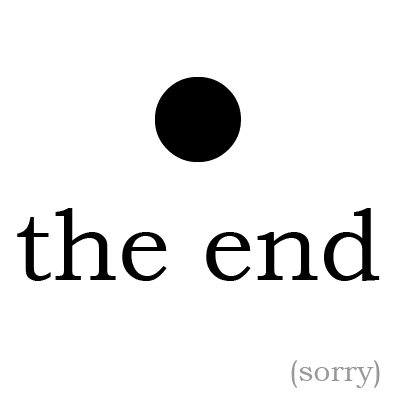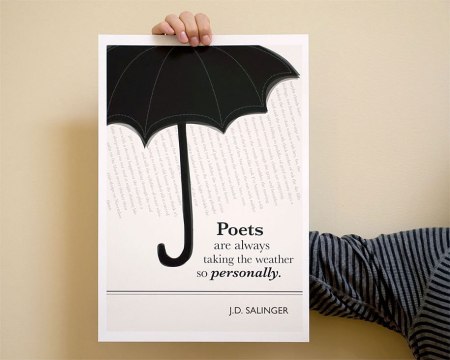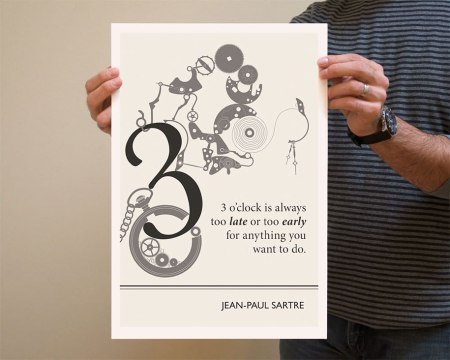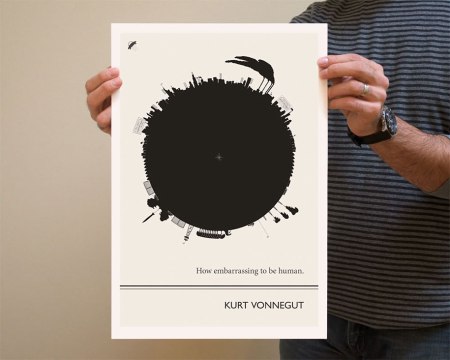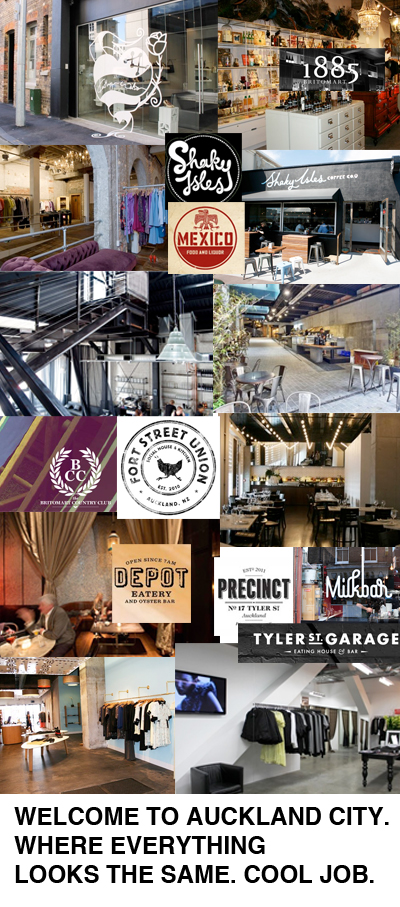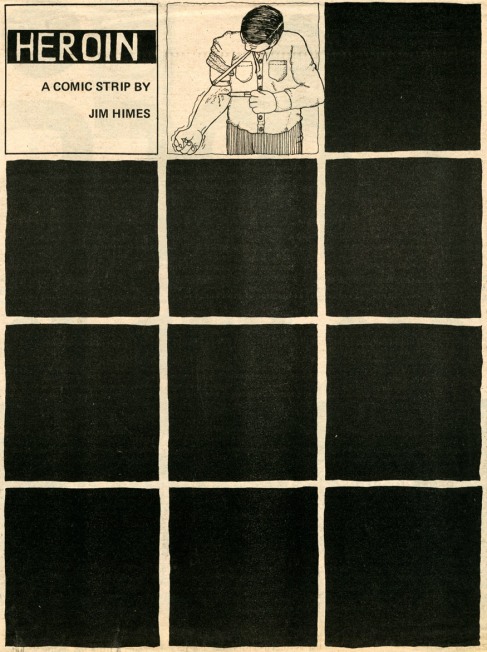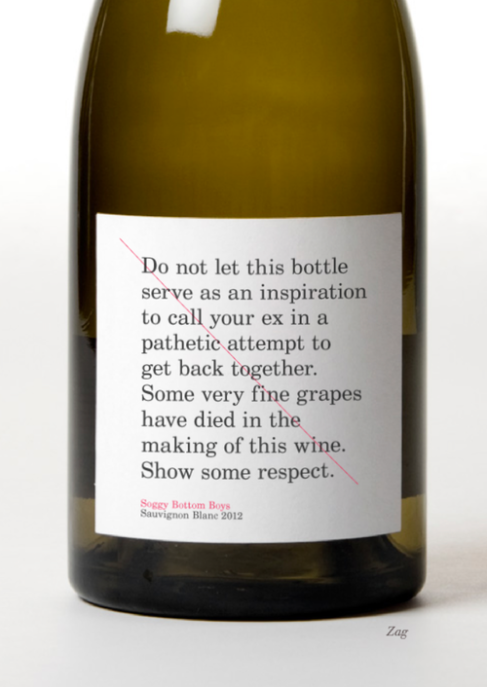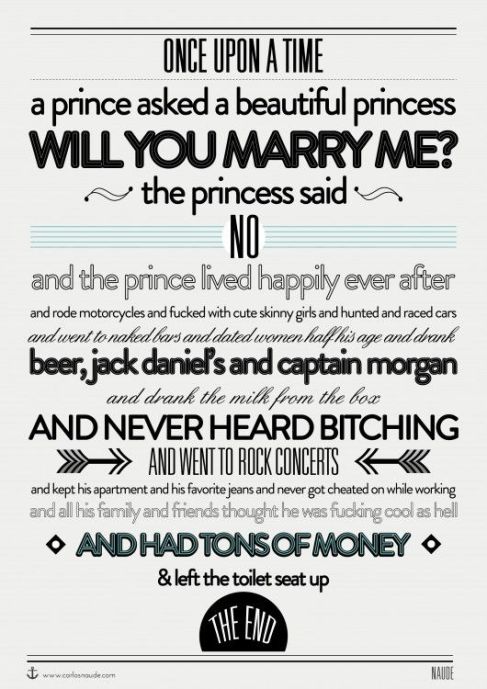If you were keeping track of the general sentiment as it filtered down from the world’s most important advertising awards show, the 59th Annual Cannes Lions International Festival of Creativity, you might have taken three things away.
The first: the age-old conspiracy that the multinational parent companies had pressured the judges to vote up work from within their own networks and kill work from competitor networks. We hear it every year–and of course it’s true. Nobody ever promised that advertising would be fair. It only makes it difficult when the annual awards haul is used as a measure of an agency’s creative muscle. Which is invariably–always.
The second rumour was that the quality of work this year, according to the judges, was down on previous years. I’m instinctively inclined to dismiss this as Middle-Aged White Man Syndrome. If you’re wondering what that is, I just made it up. But it’s the same force that compels middle-aged white men to declare Led Zeppelin the apex of rock music. Nothing can move you the way the songs of your youth do, and the same is probably true for other forms of creativity. Ergo, the longer you work in advertising the harder you are to satisfy, but the more likely you are to be a judge at Cannes.
The final thing you’ll have noticed is that many of the top prizes were awarded for work that solved the brief by implementing a new technology. Examples of this run all the way from the design category, where a solar energy company’s annual report was printed in ink you could only read in direct sunlight (wonderfully immersive, but what a way to punish your accountant), to the grand prix winning idea from Droga5 New York, who avoided the harrowing task of begging people to come in for a blood test in order to join the marrow donors register. They did so by teaming up with a bandage company to create a product that could be used as a regular old sticking plaster, which could later be mailed away as a needle-free blood sample.
All cool stuff.
The simple outtake for agencies watching Cannes unfold with envy might have been this:
Next year, hire a technologist to feed your creative department with technologies and use them to solve a real business problem for one of your clients.
But the Cannes jury comprised of some of the most intelligent women and men in business today. They’re not the kind of people who are easily swayed by novelty factor. Surely there was more to this trend than ‘technology wins’.
So here are my thoughts as they relate to any agency that wants to compete at Cannes 2013:
It has less to do with technology than it does with philanthropy. Technology featured so heavily at Cannes this year simply because technology is the easiest way to promote goodwill. It’s the most logical, functional and affordable way to create and distribute something–anything–for free.
Take, for example, the winner in the radio category. Rather than place 30 second radio ads throughout the camping season, a camping magazine sponsored the entire station’s programming for two weeks, while pumping in an ultra-high frequency down the speakers that was undetectable to humans. You couldn’t hear a thing. But as long as you were listening to the station, this frequency would keep the mosquitoes away from your camp site.
It’s very smart thinking, and certainly the technology is key, but we’ve seen this ‘secret frequency’ technique employed in advertising before. Nearly half a decade ago, the New Zealand SPCA won accolades for a Christmas album that could only be heard by dogs.
What makes this technology award-winning in 2012 is the motivation that underpins the act: a generosity of spirit; the idea that this company has set out to delight its audience; the joy generated by the simple act of giving something away for free.
It doesn’t have to be a product. Entertainment is also something you can give away for free. A fabulous example is the work BBH London produced for The Guardian, which expands on the old children’s tale of The Three Little Pigs and tells it in a way that integrates seamlessly with the product. In the post-apocalyptic world of journalism, this commercial finally demonstrates how a balanced and trustworthy news source can be the hub that facilitates important discourse. But the commercial never expressly makes that claim. In fact, that’s kind of the point.
What The Guardian could easily have done was to sidestep the expensive and time-consuming process of producing this piece of entertainment, and simply run some posters that insisted: “The only place to get the full story is The Guardian”. When you say it like that, it seems hard to believe that any client would fail to see the fundamental problem with cutting out the remarkable bit. But in my 6 years of industry experience, I can confidently say that the majority of clients would feel much more comfortable riding the bypass to the bit where they talk about themselves.
So what would a swing towards philanthropy mean for your average agency? Probably, the way the agency bills (and pays its bills) depends on clients demanding advertising in its most traditional form. But maybe it’s time agencies embraced generosity as a business model internally as well. Perhaps it’s never been more important for an agency to have a pro bono charity client on its books. After all, there is no easier place to demonstrate goodwill than in the charity category. And if not a charity, then at the very least a brand that is fundamentally grounded in doing good. Should a modern agency aim to only attract clients that are, fundamentally, doing good?
But what if you don’t work in an agency? What if you don’t care what happens at Cannes 2013? And fair enough–the whole thing is just a creative circle jerk.
If you’re a client reading this, what does advertising’s philanthropic shift mean for you?
Well, unfortunately, it means that you’re now evil.
I’m sorry to break it to you like this, but the kind of advertising you’ve been doing for the last decade now looks awfully self-centred.
Look at you–buying enormous billboards on which to announce the latest addition to your line of overpriced motor vehicles (you are so self-indulgent). I can’t believe you used all that TV time to explain your product instead of providing something useful, or entertaining your audience (so self-important). Worst of all, I can’t even read the newspaper or listen to the radio without being interupted by YOU, TALKING ABOUT YOURSELF.
That’s right, you’re evil, and you serve no purpose.
As the top tier of brands have set about providing exceptional products and services born of generosity, those brands that have focused simply on producing smart, quality entertainment are now just the norm. The kind of work that was once the measure of a great agency has become a sign of mediocrity.
If that’s true – what for the brands that don’t even go that far? The ones that simply put their product on display, next to the price point, and perhaps a headline suggesting that true happiness can only be obtained via this magnificent purchase? The bad news… is that the world has simply moved on.
It’s strange to think that once upon a time it was a new idea in advertising to seek emotional triggers to start the path to purchase. Suddenly to sell pimple cream, you first had to tell some poor, greasy 14-year-old boy that he was ugly and would definitely die with his virginity intact. All of this self-loathing before he had even had the opportunity to develop a pre-frontal cortex–as if his perpetual virginity wasn’t already the only thing on his mind.
For decades, this was how advertising was done. The agency would work to find a new emotional button and the creatives would push it. Some agencies call this ‘making a connection with the customer’. I’ve heard it described as a ‘real human insight’. But those terms are misused, and what is described above is nothing short of abuse.
But then the old way got broken.
Let’s face it. It’s been a hard few years for capitalism. Now, the idea that one must accept personal debt as a side-effect in the acquisition of happiness sits more uneasily than ever before. The best thing that has come out of the global economic crisis may just be that ordinary people feel less inclined to project their anxieties inward.
We were promised a lifestyle. Work hard, play hard. Learn to delay your rewards and you will win. The market has shown its flaws, and finally our generation can blame The System for the way it has inherently aimed to make us feel–incomplete, inadequate, disempowered, shy of our individuality. When we consider the way advertising has sought to take advantage of these insecurities for the last 50 years, it is exciting to finally be able to speak of brands as potential philanthropists.
So if you ask me, when the 2012 Cannes Lions International Festival of Creativity judges decided that the quality of the work was down on previous years, they could not have been more wrong.
Here’s the lesson I’ll be infusing through all my work over the next 12 months:
“Just be nice.”
Tags: Preferred Words
